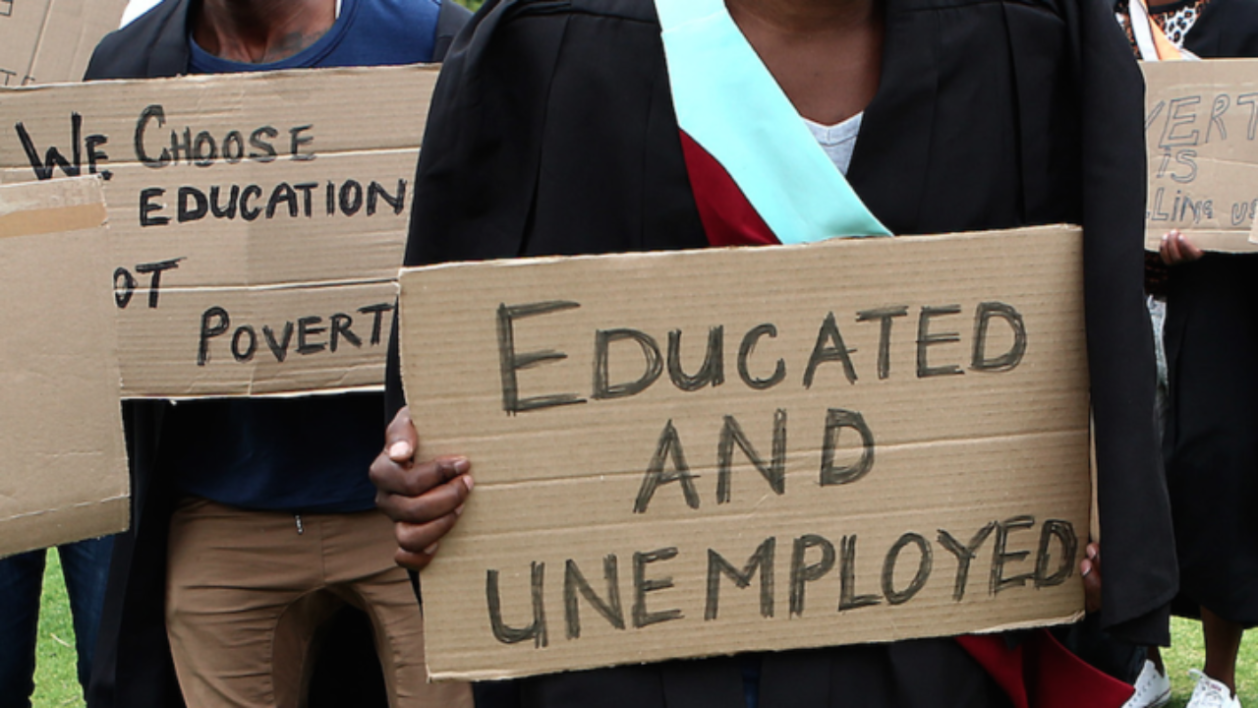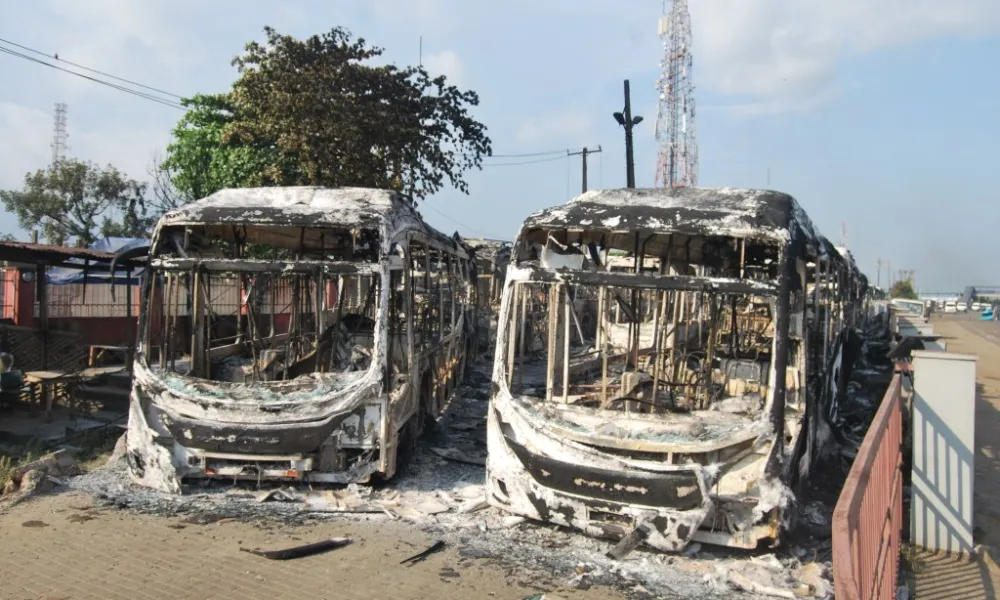Writer: EVANS WOHEREM, Ph.D
Root Causes of Economic Challenges in African Countries [Part I]
The economic challenges faced by several African countries, as highlighted by the 2022 Hanke’s Annual Misery Index, are multifaceted and have far-reaching consequences for the well-being of their populations.
In this section, we will explore the root causes of these challenges and their impact on inflation, unemployment, and overall economic stability.
By delving into distinct factors such as inflation rates and external factors, high unemployment rates and youth employment, and the influence of political instability, poor governance, and excessive lending rates, we can gain a comprehensive understanding of the complex economic landscape in African countries.
1. Inflation and External Factors

Inflation rates have had a detrimental impact on several African countries, including Zimbabwe, Sudan, Angola, Ghana, Rwanda, Ethiopia, and Nigeria.
These nations have witnessed significant inflation rates. For instance, Zimbabwe reached an alarming rate of 243.8% in 2022, while Sudan and Ghana faced rates of 176.1% and 54.1%, respectively. This high inflation has resulted in a decline in purchasing power, making it increasingly difficult for individuals and families to afford basic necessities.
A study conducted by the International Monetary Fund in 2022 highlights a significant increase in inflation across sub-Saharan Africa in recent years.
This rise in inflation can primarily be attributed to external factors such as global food prices, oil prices, and disruptions in the supply chain. Despite the gradual recovery of domestic demand following the COVID-19 pandemic, its contribution has been insufficient to offset the effects of these escalating external factors.
2. Unemployment and the Plight of African Youth

High unemployment rates pose a significant economic challenge in many African countries. For instance, Angola, with a misery index score of 93.518, and South Africa, scoring 83.492 on the index, have been grappling with substantial unemployment issues.
In Botswana, Eswatini, Gabon, Sao Tome and Principe, Congo (Brazzaville), Libya, Nambia, Lesotho, Tunisia, and Mauritania, the index scores range from 45.4 to 64.023, indicating the prevalence of unemployment and its impact on their respective economies.
The situation becomes particularly alarming when considering the plight of young people in Africa. The African Development Bank highlights that youth unemployment in many African nations exceeds twice the rate of adults.
This means that millions of young individuals struggle to secure employment, severely impacting their future prospects.
Former Zambian finance minister, Alexander Chikwanda, vividly described youth unemployment as a “ticking time bomb.” This analogy powerfully emphasizes the potential consequences of this issue. With an estimated 10-12 million young people entering Africa’s labor market each year, it is evident that youth unemployment demands urgent attention.
Beyond its economic implications, youth unemployment also carries serious security concerns. Nigerian journalist Ahmad Salkida highlights how militant groups like Boko Haram find it easy to recruit frustrated and unemployed young individuals.
This underscores the imperative to address youth unemployment not only as an economic challenge but also as a preventive measure against security threats in the region.
3. Political Instability, Poor Governance, and Excessive Lending Rates

Political instability, as witnessed in Sudan, exacerbates economic challenges. The recent war in Sudan resulted in loss of life and forced displacement of a significant portion of the population.
Political conflicts disrupt economic activities, deter investment, and hamper the implementation of effective economic policies, further deepening the misery experienced by citizens.
In 2023, West Africa faces heightened instability with recent coups in Burkina Faso, Guinea, and Mali, coinciding with ongoing conflicts in the Sahel and extending violence to previously peaceful areas like Benin and Togo.
Poor governance, as evidenced by low scores on governance indicators measured by the World Bank, exacerbates the situation, with political instability and violence, including terrorism, experiencing the most significant decline over the past two decades.
These governance indicators, particularly instability, not only undermine peace and security but also have adverse effects on the region’s economic growth and development. Instability brings political risk, which deters investors from the region, leading to minimal foreign direct investment and limited trade. Moreover, our analysis of World Bank data reveals that while West Africa’s GDP has grown at a compound annual rate of 4 % between 1990 and 2021, per-capita growth has been sluggish at just 1.3 % due to rapid population growth.
These factors highlight the urgent need for stability, good governance, and effective measures to attract investment and foster sustainable economic growth in the region.
Excessive lending rates, such as those observed in Zimbabwe (131.8%) and Angola (20.118%), pose significant barriers to economic growth and development. These high rates make it difficult for individuals and businesses to access credit, hindering investment, entrepreneurship, and overall economic expansion.
In Africa, interest rates play a crucial role in shaping economic growth and affecting access to basic needs. While higher interest rates can indicate economic potential and stimulate investment, this is not always the case.
Zimbabwe stands out with the world’s highest interest rate of 150%, making it the most expensive country to borrow money in.
Ghana also faces challenges with high interest rates of 29.5%, reflecting efforts to curb inflation. Sudan, on the other hand, records a benchmark interest rate of 27.30%, attributed to various factors such as macroeconomic imbalances, structural deficiencies, political instability, and the impact of COVID-19. To ensure economic stability and growth, it is crucial to address lending rates and create an environment that fosters economic development.
To be continued…







Comments 2